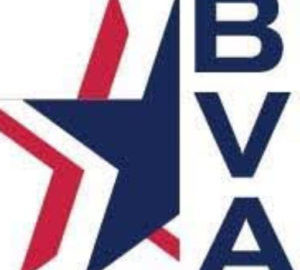This week’s BVA Happenings elaborates on a frequently underrated feature of the legislative process, that of Congressional Committees and supporting staff personnel who perform much of their work. BVA Deputy Director of Government Relations Alek Libbin opens the curtain that often obscures the power of such Committees and of the Members of Congress assigned to them.
Committees serve an important role in any Congressional matter. Their every aspect possesses layers of complexity. A good Committee assignment is among the first goals of a freshman House Member or Senator. An example of this is former Senator Pete Domenici of New Mexico. Upon his election, he hoped to be placed on the Energy Committee, but instead, he was placed on the Public Works Committee. However, he was assigned to Energy at the beginning of his second term. If a Member does not sit on a relevant Committee, the legislative goals of that Member may not even be considered, much less accomplished.
A secondary matter with respect to Committee assignments, which is fundraising, also exists. Members can more easily fundraise from Committee assignments on Appropriations, Commerce, and Energy. This is because of the existing insider knowledge of what the Committee is doing and where billions of federal dollars will go. Lobbyist influence is also prevalent for those serving on such Committees. On the other hand, the Intelligence, Foreign Affairs, and Judiciary Committees are less prestigious and lack the power to control large swathes of the federal budget.
Committees have their own staff. Some report to the Committee Chairmen and others to the Ranking Members. Staff can be changed as the Committee Members see fit and we often see Member staff become Committee staff. The latter are just as important as Member office staff and often more important from a lobbying perspective because they have a narrower focus and have greater access to multiple key Committee Members instead of simply one Member of Congress. They can also provide better insight into Committee politics, i.e., the prospects of a bill being passed and the priorities of the Chair/Ranking Member.
This takes us to the Committee hearings themselves. If your impression is that Members of the Committees are nothing but hostile to and opposites of each other, you can be forgiven since this is how it appears to the average observer. Reality, however, is not necessarily the same as what appears. Hearings themselves are often little more than Members attempting to obtain soundbites from the witnesses and making the other side look bad. This is part political theater and part political maneuvering. Hearings with high-profile witnesses, such as those with a sitting cabinet member, or high-profile bills, such as those proposing the 2017 federal tax cuts, provide the best examples.
During the September 2021 hearing of the House Committee on Foreign Affairs regarding the U.S. withdrawal from Afghanistan that included Secretary of State Anthony Blinken’s testimony, both sides attempted to frame the issue in the light that best served their goals and interests rather than get to the heart of the issue. For these high-profile hearings, all Members of the Committee make an appearance while, in comparison, a normal hearing may only see a handful of Members present. Witnesses often work closely with staff to submit written testimony and prepare oral remarks, including answers to expected questions formulated in advance. Should there be insufficient time for questions during the hearing, they can still be asked, with answers provided in writing within a certain period after the hearing. Responses are still on the record but receive less public attention. Indeed, it is often when the public isn’t looking or paying attention that interactions take place and significant work is accomplished.
Congressional Committees, without a doubt, serve an important function in the legislative process. Having the right connections to the Committees can make or break a legislative push.


